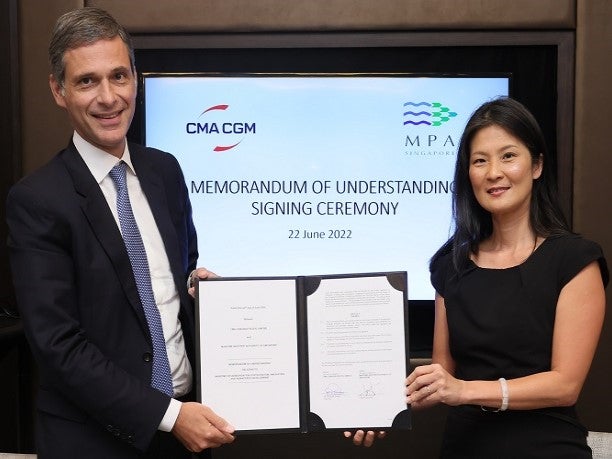Vehicles carrier Lider Bulut (IMO 9198719) (Equasis and Marine Traffic name, Roro Feeder 1, AIS name report, Lider Bulut) developed a heavy starboard list and requested assistance when it was near Tuapse Port, Black Sea, Russia, during the evening of June 18. It was understood to have anchored on arrival from Samsun Turkey earlier in the day but to have developed a list – reportedly because of faulty ballasting – a few hours later. It heaved anchor and moved inshore. As of early June 19th the ship’s AIS was still on. The vessel was later confirmed by Russian Maritime Agency RosMoRechFlot to have been intentionally grounded, with water ingress. An SAR was underway and the ship was fenced off by several boom layers. There were 28 crew on board.
2000-built, Cyprus-flagged, 15,224 gt RoRo Feeder 1 is owned by Ugland Castor Car Carrier I AS care of Matrix ShipManagement Ltd of Limassol, Cyprus.
Two people on chemical/oil products tanker Nord Magic (IMO 9392793) which was anchored at Chittagong Anchorage, termed by the operator as “riding personnel”, died during the night of June 17th while checking empty cargo tank, according to local sources. They were taken to hospital but declared dead on arrival. The tanker arrived at Chittagong on June 15th after offloading cargo of soybean oil. There were 25 crew on board, mainly Indian nationals.
Norden said that “the two people who have very sadly passed away are not NSSM crew, they are riding personnel. The cause of the sad incident is still unknown.”
2009-built, Denmark-flagged, 29,266 gt Nord Magic is owned by Norden Asset Management AS of Hellerup, Denmark. It is managed by Norient Product Pool APS of Hellerup, Denmark. ISM manager is Norden Synergy Ship Management AS of Hellerup, Denmark. It is entered with North of England Club on behalf of Norden Asset Management AS. As of June 20th it was at anchor off Chittagong.
Fishing vessel Aleksandr Shalin (IMO 8832978) was in collision with fishing vessel Zaliv Petra (IMO 9130822) on June 16th in the Sea of Okhotsk, about 100nm southeast of Magadan. The Zaliv Petra was damaged at the hull on the starboard side aft. The vessel remained seaworthy and headed to the port of Busan for repairs. The Aleksandr Shalin suffered minor damage to the bow.
1990-built, Russia-flagged, 862 gt Aleksandr Shalin is owned and managed by Mag-Sea International of Magadan, Russia. As of June 19th the vessel was underway off Vladivostok, Russia.
1995-built, Russia-flagged, 748 gt Zaliv Petra is owned and managed by Sevrybflot LLC of Yuzhno-Sakhalinsk, Russia. As of June 18th it was underway off Busan, South Korea.
Passenger ship Aegean Odyssey (IMO 7225910) was asked to leave the port of Nice a few hours after its arrival on June 16th following complaints from residents about the fumes it was emitting. Following a decision taken by the harbour master’s office, the vessel, carrying 300 passengers, sailed within the hour, just before midnight. The decision by the harbour master’s office and with the backing of the municipal authorities was taken under port police law. Local residents had begun complaining around 19:00 local time following the release of smoke and the noise made by its engines. The maritime agent Medov France, based in Marseilles, in charge of the stopovers of the ship on behalf of a charter company, asked for explanations from the port authorities on this decision, indicating in particular that it harmed the “reputation” of the company. The ship arrived on June 17th in the port of Toulon.
1973-built, Panama-flagged, 12,094 gt Aegean Odyssey is owned by Aegean Odyssey Maritime Pan of Piraeus, Greece. It is managed by Aegean Experience Maritime Lib of Piraeus, Greece. It is entered with American Club on behalf of Aegean OdysseyMaritime Co SA. As of June 20th it was at Marseille Port.







